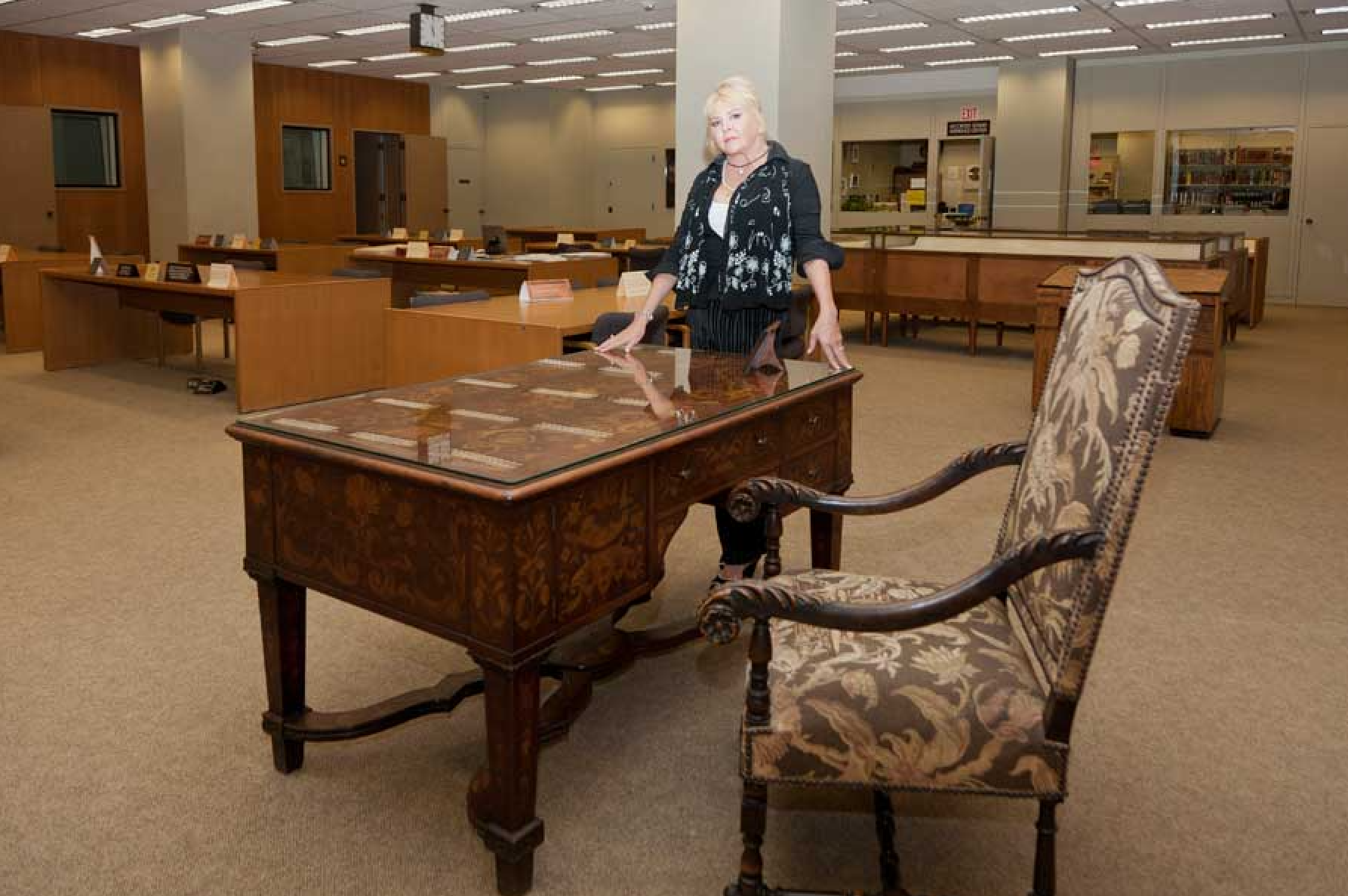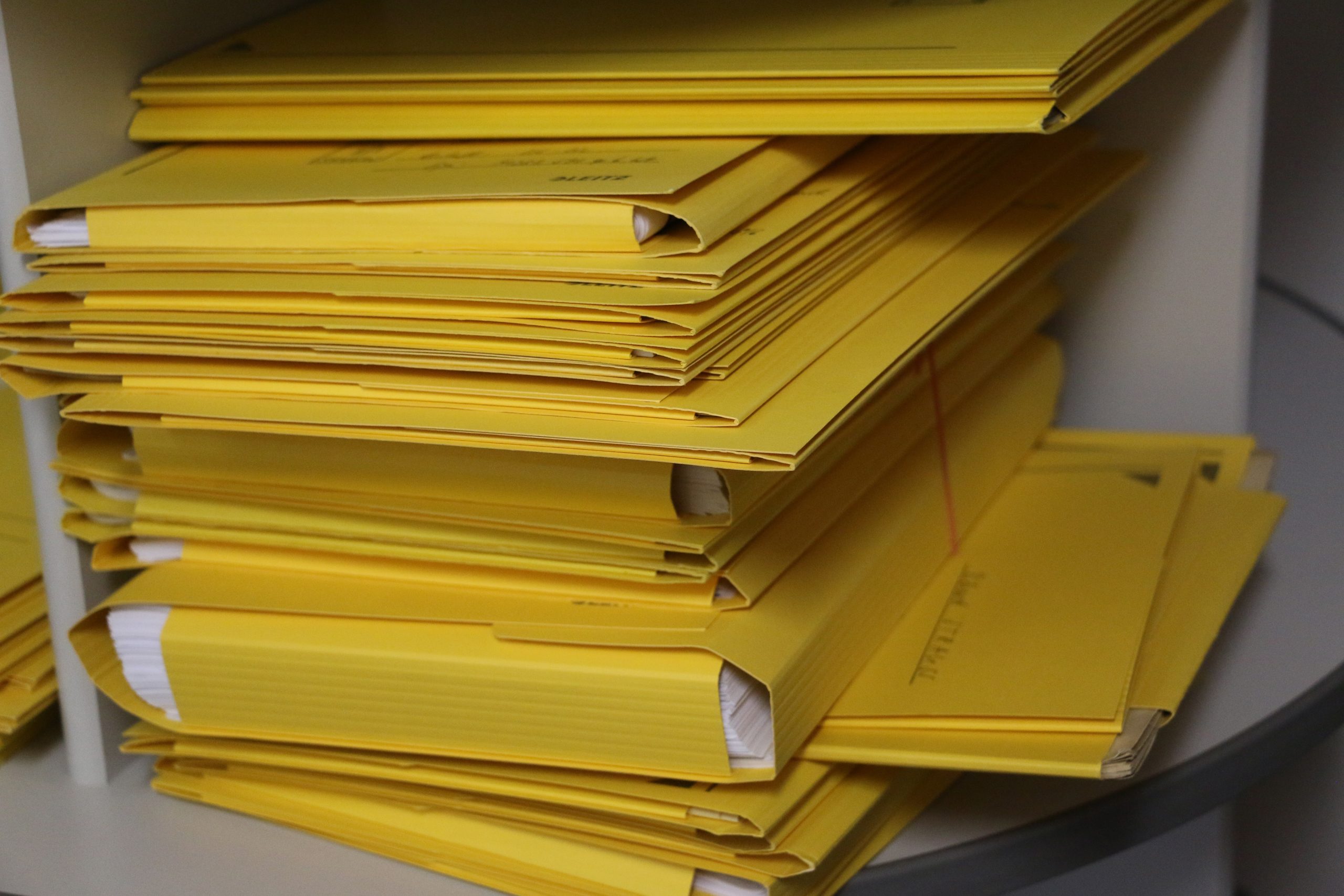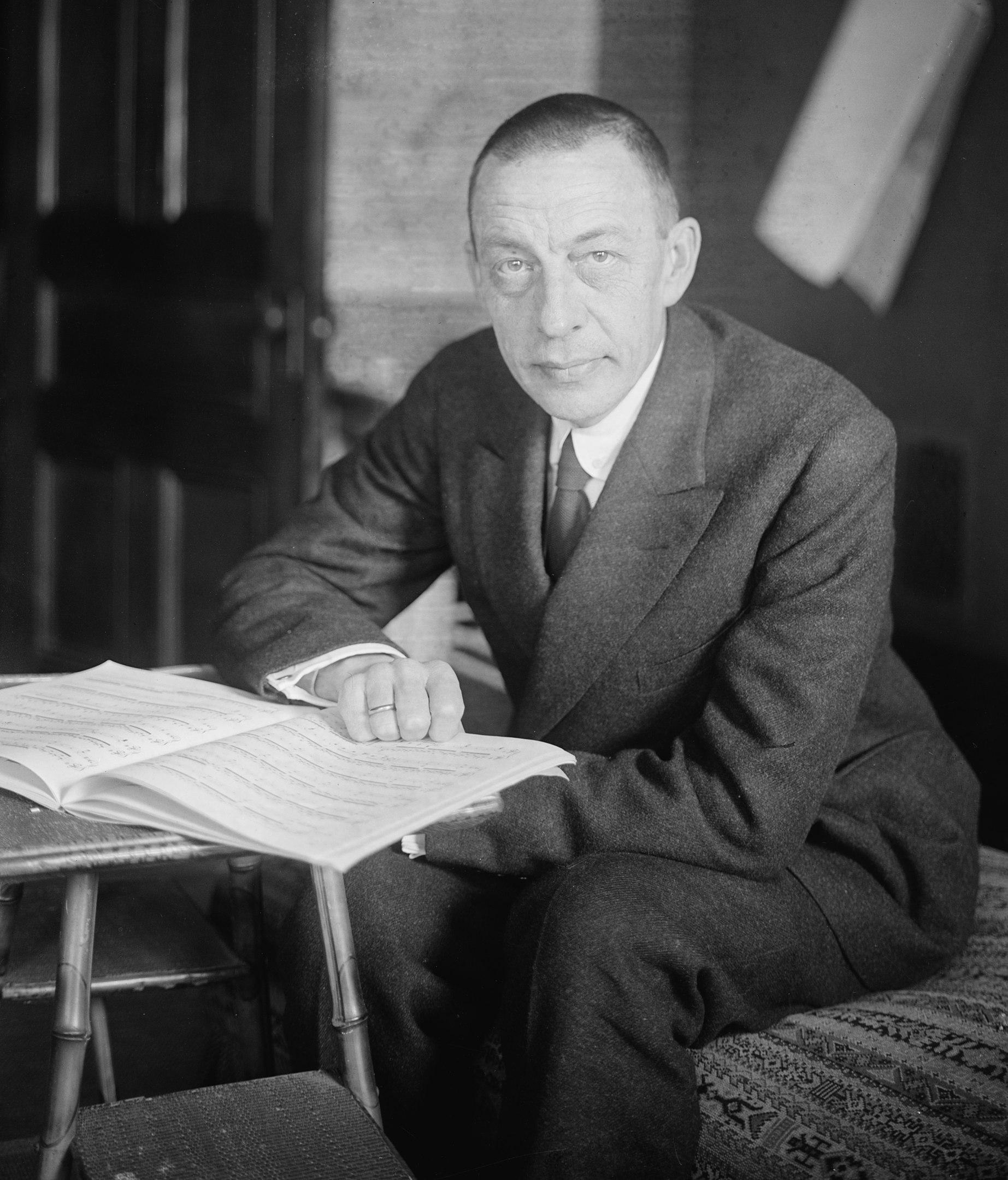Since one of my great privileges as Urtext publisher and editor is that I occasionally get to travel to the sources, my visits to the Library of Congress’s Performing Arts Reading Room have always been highlights of my working life. Amongst the elusive treasures in Washington, D.C., is the autograph of Rachmaninoff’s Paganini Rhapsody.
Our editorial and publishing work at the G. Henle publishing house would not be possible without access to the sources of the works we want to edit. Since the publishing house’s founding 75 years ago, more than 40,000 reproductions have found their way into our source collection, ordered from public libraries and archives, made available by private collectors, antiquarian bookshops or auction houses. (Here you can get an idea on our Instagram channel.) Over the years for decades, many good souls have helped us with the frequently time-consuming research to discover whether and where the one or other “lost” and not yet catalogued source might be located. This is work that is not to be underestimated and for which we are infinitely grateful.
Still, there are situations in which the sources do not come to us, but we have to travel to them. For the further forward we move in exploring the great music of the 20th century – Richard Strauss, Arnold Schönberg and soon Sergei Prokofiev can also be found in our Urtext catalogue – the more often existing copyrights hinder our editorial work. As is well known, copyrights protect composers and those dealing with them, often exclusively – publishers, for example, or classical music record labels – from exploitation by others for a certain time period after the composer’s death. In many countries worldwide, including Germany, this protection period is for 70 years. We at G. Henle must wait for this period to expire before we can publish the works as Urtext editions. But even longer copyright periods in several of our important markets prevent the sale of these editions. So, for example, the US term is 95 years after publication of a work’s first edition (regardless of the composer’s death date). These time periods are crucial not only for the sale of an edition but must also be considered when deciding whether a library or archives can make reproductions available to us. If the deadline has not expired, we are usually, justifiably refused delivery.
And that brings us to the reason for my trips to the Library of Congress: Several works that I’ve edited in the past 20 years had become copyright-free in Germany and many other countries after the 70-year deadline but were still under copyright protection in the US when I started my work. The most important sources of these works were, however, located there. In this conjunction, the Performing Arts Division of the Library of Congress is probably the most important port of call. Preserved in its football-field-sized archival rooms and voluminous vaults, inaccessible to ‘ordinary mortals’, is a music treasure of gigantic proportions. This link to the finding aids is recommended to anyone wanting to get just a glimpse into the special collections: Library of Congress Finding Aids: Browse by LC Location. Several sources as reproductions can now be viewed online, a luxury denied me 20 years ago: Notated Music, Available Online | Library of Congress (loc.gov)

The Performing Arts Reading room with Rachmaninoff’s original desk and Natalie Wanamaker Javier, the great granddaughter of the composer @Katya Chilingiri
This is why I have regularly travelled to the US since 2006 and have had the great pleasure and honour of working at the Library of Congress, advised and supported by a great team in the Performing Arts Division. Published under these circumstances have been Gershwin’s Preludes for piano, his Lullaby for string quartet and just recently, after 10 years of preparatory work, his Concerto in F. To be mentioned in addition are Sergej Rachmaninoff’s Corelli Variations op. 42 and the Paganini Rhapsody op. 43. Over the years, I have also been able to consult sources for many of our editorial team’s editions, such as the recently published Double Bass Concerto op. 3 by Serge Koussevitsky. We were even able to take fingerings for our Henle Library App from several artists’ estates, including Wanda Landowska’s.
Henle in collaboration with Breitkopf & Härtel is publishing the Paganini Rhapsody in both a full orchestral score including parts and in a piano reduction. All sources relevant to the edition are to be found in the Rachmaninoff estate preserved in the Library of Congress. There I was able to consult the autograph of the full orchestral score, study the first editions of the score and piano reduction and examine two exemplars of the first full-score edition with conductor’s markings.
You may already know from my colleague Dominik Rahmer that Rachmaninoff was an excellent editor of his own works. The autograph, which was also the engraver’s model for the first score edition, is very precisely notated (owing, alas, to the aforementioned copyright stipulations, I am not allowed to show any illustrations here). Even though it was originally intended as a fair copy, it contains numerous corrections and changes in the composer’s own hand. The first full-score edition is transcribed with astonishing accuracy, though including a few readings not to be found in the autograph. Whilst proofreading the score, Rachmaninoff thus altered details there that he did not later transfer back into his autograph. For me as editor, this automatically makes the first edition the ‘ultimate, definitive version’ (Fassung letzter Hand); the autograph has helped me identify any errors in the first edition (of which, as I said, there are very few).
The situation becomes more problematic, however, when it comes to the solo piano part. The Rhapsody piano reduction was published a few months after the orchestral score, presumably from a now-lost autograph, in which Rachmaninoff wrote down the reduction that he himself had prepared. This piano reduction now shows additions and changes to the piano solo part in comparison to the relevant text in the first full-score edition. (Just one small example: right in the first measures, Rachmaninoff added an accent to each of the octaves in the piano). Since chronologically the piano reduction originated later, I must take these additions and changes seriously and treat the reduction’s solo piano part as the ‘ultimate, definitive version’. But now, on the other hand, it happens to be the case that the piano reduction was clearly less carefully engraved and proofread, resulting in several obvious errors and omissions. Deciding definitively whether these are errors or deliberate changes is not always possible. A difficult situation for me as editor. This led to several footnotes in the piano reduction and to a rather extensive commentary apparatus in the edition. For applicable, as always, is the principle of transparency: I must disclose and explain my decisions, present alternative readings and, ultimately, give the performer a helping hand in deciding otherwise, if necessary, regarding the music text. We always hope, of course, that these tools will be diligently used.
Bearing this in mind, I am already looking forward to hearing from you any variant views you may have regarding my editorial decisions. And I wish you great music-making from the first Urtext edition of the Paganini Rhapsody!
Cordially yours,
Norbert Gertsch



